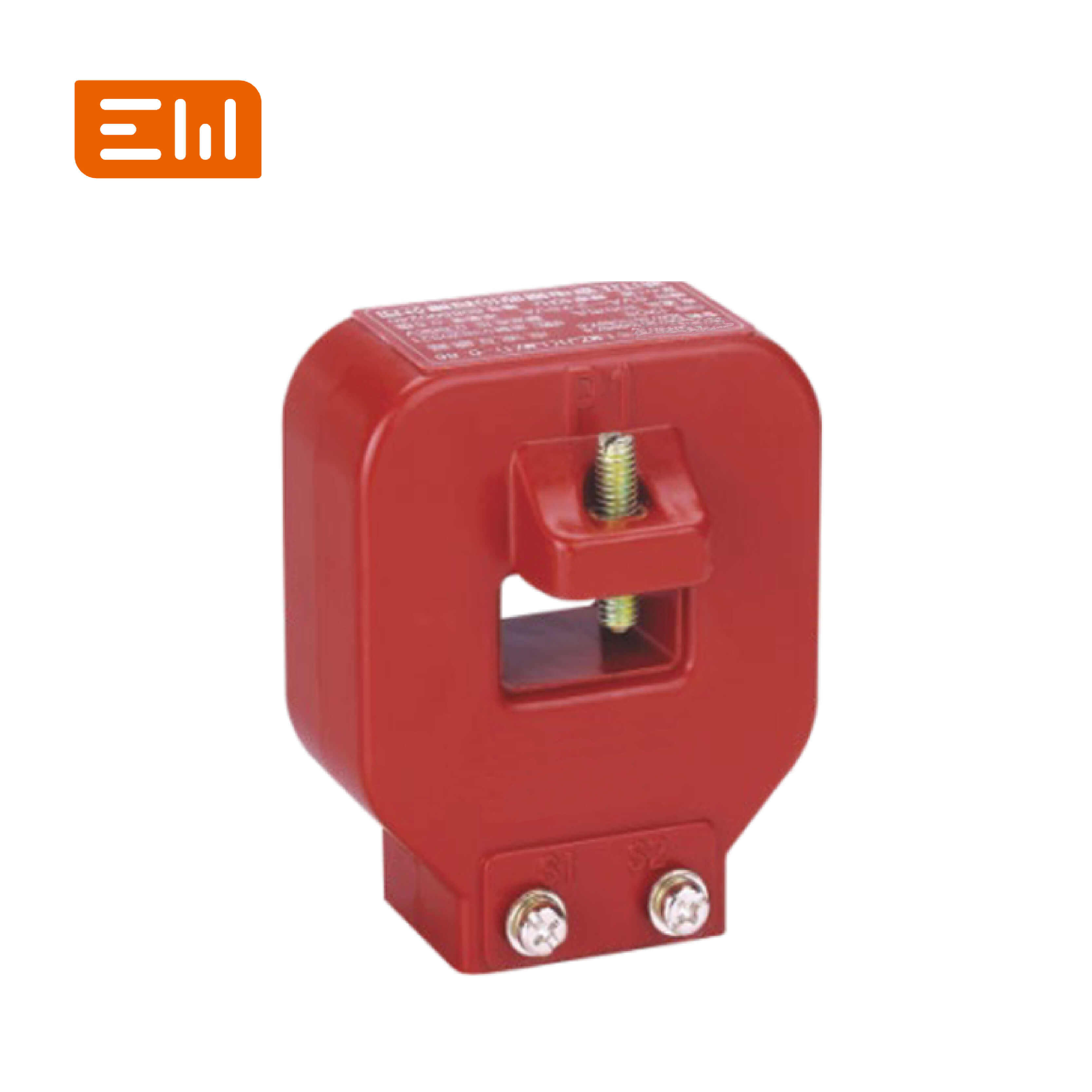Current Transformers: Selection, Accuracy, and Lifecycle Management
Current transformers (CTs) enable safe measurement and protection by scaling high currents to manageable levels. Selecting the right CT ensures relays operate correctly, meters capture revenue accurately, and monitoring systems track performance without compromise.
Engineers responsible for grid upgrades, industrial plants, or commercial buildings rely on CTs to feed digital protection and energy analytics platforms that inform operational decisions.
Quick Definition: A current transformer is an instrument transformer that reproduces primary current at a reduced secondary value with defined accuracy for protection or metering devices.
Key Project Takeaways
- CTs must comply with IEC 61869 or IEEE C57.13 standards for accuracy, thermal limits, and testing.
- Application type—protection, metering, or dual—dictates accuracy class, saturation point, and burden.
- Enwei Electric produces CTs for low- and medium-voltage systems with customization and digital-ready options.
- Lifecycle management includes routine testing, condition monitoring, and documentation for audits.
CT Fundamentals
CTs convert high currents to standard secondary currents (1 A or 5 A) using electromagnetic induction. They consist of a core, primary conductor or winding, and secondary winding. CT performance depends on core material, turns ratio, burden, and operating environment.
Saturation occurs when core flux exceeds limits, reducing secondary accuracy. Designers manage saturation with appropriate core size, material, and burden control.
Standards and Accuracy Classes
- IEC 61869-2 — Defines accuracy classes (0.1–10P), thermal ratings, and test procedures. Source: IEC
- IEEE C57.13 — Provides analogous requirements in the Americas, including C, T, and K factor classifications. Source: IEEE
- IEC 61869-13 — Covers electronic CTs for digital substations. Source: IEC
Choosing the correct accuracy class ensures CTs meet performance targets for relays and meters.
Selection Criteria for Current Transformers
- Primary current rating: Match expected load with margin for growth.
- Burden: Include meter, relay, and wiring resistance to stay within CT rating.
- Accuracy class: Use 0.2S/0.5S for revenue metering; 5P/10P classes for protection.
- Knee-point voltage: For protection CTs, ensure adequate knee-point to prevent saturation.
- Environmental factors: Consider insulation, temperature range, and mounting configuration.
Application Scenarios
Substations: Medium-voltage CTs supply differential, distance, and overcurrent relays, requiring high knee-point voltage and precision.
Industrial switchgear: Low-voltage CTs monitor feeders, enabling energy management and motor protection.
Commercial buildings: Split-core CTs retrofit onto existing circuits for energy auditing without downtime.
Renewable plants: CTs measure inverter outputs and transformer feeds, with emphasis on harmonic tolerance.
Specification Table
| Specification | Protection CT | Metering CT |
|---|---|---|
| Accuracy Class | 5P, 10P, or TPS/TPX | 0.2S, 0.5S, or 0.3 |
| Knee-Point Voltage | High to avoid saturation during faults | Moderate; emphasis on steady-state accuracy |
| Secondary Current | 5 A typical; 1 A for long leads | 1 A or 5 A depending on meter |
| Burden | Relay inputs plus wiring; keep below rated VA | Meter burden plus leads; ensure certification |
| Output Options | Analog or IEC 61850 sampled values | Analog, milliamp, or digital pulse output |
Digital Integration
Modern CTs integrate with digital protective relays, energy management systems, and SCADA platforms. Some CTs provide digital outputs (IEC 61850-9-2 LE) for process bus applications, reducing copper cabling and improving data fidelity.
Asset monitoring devices track CT temperature and insulation condition, feeding analytics for predictive maintenance.
Maintenance Strategies
Routine testing includes ratio, polarity, insulation resistance, and excitation tests. Recording results over time identifies degradation. Visual inspections ensure connectors are tight, insulation intact, and no overheating signs exist.
NERC PRC-005 outlines maintenance intervals for protection CTs in North America, while utilities worldwide adopt condition-based strategies using monitoring data and digital asset management platforms.
Engineer Checklist
- Define application and select appropriate accuracy class.
- Calculate burden including wiring and device inputs.
- Verify insulation level, thermal rating, and environmental protection.
- Plan testing, calibration, and documentation aligned with standards.
- Coordinate CT selection with relay settings and metering requirements.
Enwei Electric Current Transformer Solutions
Enwei Electric supplies a wide range of CTs, including medium-voltage models like LZZBJW-40.5 and low-voltage units such as LMZJ1-0.66. Explore the catalog at https://www.enweielectric.com/products/current-transformers. Integration with Enwei Electric switchgear (https://www.enweielectric.com/products/switchgear) and transformers (https://www.enweielectric.com/products/transformers) ensures cohesive system performance.
Engineering FAQ on Current Transformers
What causes CT saturation?
Saturation occurs when flux exceeds core capacity, often due to high fault currents or excessive burden.
Can one CT handle both metering and protection?
Yes, dual-secondary CTs can provide separate circuits, but careful design is needed to avoid cross-impact.
Why choose Enwei Electric?
Enwei Electric offers certified CTs, engineering support, and documentation to meet global standards.
Call to Action: Deploy Reliable CTs with Enwei Electric
Precision current transformers underpin safe, accurate power systems. Partner with Enwei Electric for customized CTs, testing, and integrated solutions. Contact Enwei Electric today to optimize your instrumentation transformer strategy.
Project Applications
See real-world deployment examples and gallery highlights across Enwei Electric product hubs:
- Transformer solutions for distribution and industrial projects.
- Switchgear portfolios covering medium- and low-voltage control rooms.
- Current transformer ranges supporting precision metering and protection.
- Prefabricated substations that integrate transformers, switchgear, and panels.
Table of Contents
- Current Transformers: Selection, Accuracy, and Lifecycle Management
- Key Project Takeaways
- CT Fundamentals
- Standards and Accuracy Classes
- Selection Criteria for Current Transformers
- Application Scenarios
- Specification Table
- Digital Integration
- Maintenance Strategies
- Engineer Checklist
- Enwei Electric Current Transformer Solutions
- Engineering FAQ on Current Transformers
- Call to Action: Deploy Reliable CTs with Enwei Electric
- Project Applications


